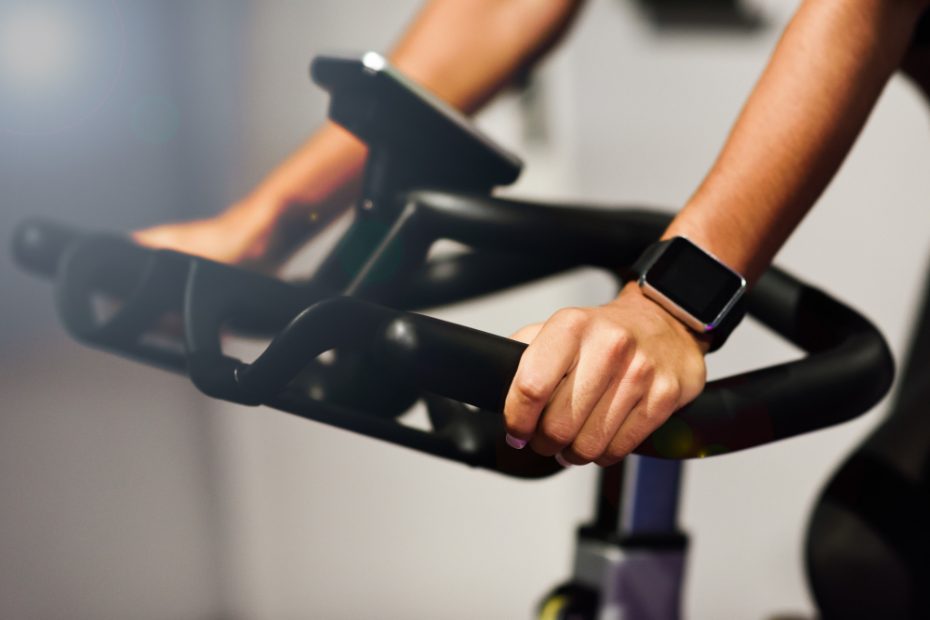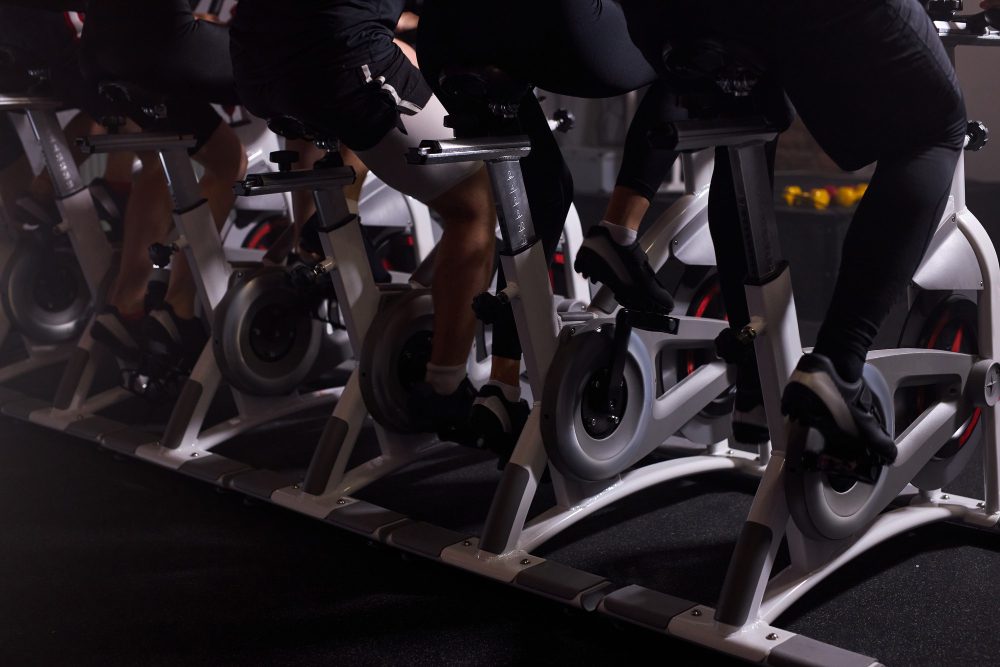Is upright bike good for hips?
The upright bike, also known as the stationary bike or exercise bike, is a popular choice for cardiovascular workouts and low-impact exercises. Many people wonder if it is beneficial for the hips, as this area can be prone to discomfort or pain during certain exercises.
The answer is yes, an upright bike can be good for the hips! This fitness equipment offers a range of benefits that can help improve hip strength, flexibility, and overall joint health.
The Benefits of Upright Biking for Hips
Riding an upright bike is a low-impact exercise that puts minimal stress on the joints, including the hips. Unlike activities such as running or jumping, biking allows for fluid motion without causing excessive impact or compression in the hip area.
Regular cycling on an upright bike can provide several benefits specifically for the hips:
- Improved hip joint mobility: Cycling involves continuous pedaling, which helps to increase the range of motion in the hip joint. This can be particularly beneficial for individuals with stiffness or limited mobility in the hips.
- Strengthening of hip muscles: Pedaling against resistance on an upright bike engages the muscles of the hips, including the glutes, hamstrings, and quadriceps. This can lead to improved muscle strength and stability in the hip area.
- Joint lubrication: Regular exercise on an upright bike stimulates the production of synovial fluid in the joints, including the hips. This fluid acts as a lubricant, reducing friction and promoting smoother joint movement.
- Weight management: Cycling is an effective calorie-burning exercise that can contribute to weight loss or weight management. Maintaining a healthy weight is beneficial for overall joint health, including the hips.
Tips for Safe and Effective Upright Biking
While an upright bike can be good for the hips, it is important to ensure safe and effective workouts. Here are some tips to keep in mind:
- Proper bike setup: Adjust the seat height so that your knees are slightly bent at the bottom of each pedal stroke. This helps to prevent strain on the hips.
- Warm-up and cool-down: Begin and end your biking sessions with a few minutes of gentle pedaling or stretching exercises to warm up and cool down the muscles around the hips.
- Vary your workouts: Incorporate different resistance levels and cycling techniques, such as interval training or hill climbs, to challenge and engage the hip muscles in different ways.
- Listen to your body: If you experience any pain or discomfort in the hips while cycling, adjust the intensity or duration of your workout. Consult with a healthcare professional if the pain persists.
“Cycling on an upright bike can be a fantastic way to strengthen and improve the mobility of your hip joints.”
Incorporating Upright Biking into Your Fitness Routine
If you’re looking to include upright biking as part of your fitness routine, aim for at least 150 minutes of moderate-intensity aerobic activity per week, as recommended by health guidelines. You can break this down into multiple sessions of 10-30 minutes throughout the week.
Consider alternating your biking workouts with other forms of exercise, such as strength training or flexibility exercises to achieve a well-rounded fitness routine that benefits your hips and overall health.
What muscles does an upright stationary bike work?
An upright stationary bike is a popular fitness equipment choice for those looking to improve their cardiovascular health and build lower body strength. This type of exercise bike primarily targets the muscles in the lower body, providing an effective workout for various muscle groups.
Quadriceps
The quadriceps muscles, located at the front of the thigh, are heavily engaged during an upright stationary bike workout. These muscles are responsible for extending the knee joint and powering the downward pedal stroke.
Hamstrings
The hamstrings, situated at the back of the thigh, also play a significant role in cycling on an upright bike. While they are not as actively involved as the quadriceps, they are still responsible for flexing the knee joint and assisting in the pedal stroke.
Glutes
The gluteal muscles, including the gluteus maximus, medius, and minimus, are activated during cycling on an upright bike. These muscles help stabilize the pelvis and generate power during the upward pedal stroke.
Calf Muscles
The muscles of the calf, including the gastrocnemius and soleus, are constantly engaged during an upright stationary bike workout. These muscles play a crucial role in pushing the pedals downwards and lifting the heels during the pedal stroke.
Core Muscles
While primarily targeting the lower body, an upright stationary bike also engages the core muscles to some extent. The abdominal muscles, including the rectus abdominis and obliques, help stabilize the body and maintain proper posture throughout the cycling motion.
In addition to these major muscle groups, cycling on an upright stationary bike also activates smaller muscles such as the hip flexors, shins, and feet muscles.
Did you know? Cycling on an upright stationary bike can help improve overall endurance, strengthen the lower body, and burn calories effectively.
If you’re considering using an upright stationary bike as part of your fitness routine, it’s important to note that while it provides a good workout for the lower body, it may not specifically target the hips. However, regular use of an upright bike can contribute to overall hip mobility and strength.
In conclusion, an upright stationary bike primarily works the quadriceps, hamstrings, glutes, calf muscles, and core muscles. Incorporating this type of exercise into your fitness routine can lead to improved cardiovascular health, increased lower body strength, and enhanced endurance.
Is an upright bike good for a bad back?
Introduction
When it comes to exercise, finding the right equipment that suits your individual needs is crucial. If you suffer from a bad back, you may be wondering if an upright bike is a good option for you. In this article, we will explore the benefits and considerations of using an upright bike for individuals with a bad back.
The Benefits of Using an Upright Bike
An upright bike can provide several benefits for individuals with a bad back:
- Low impact: Cycling on an upright bike is a low-impact exercise, meaning it puts less stress on your joints compared to activities like running or jumping. This can be beneficial for people with back pain as it reduces the risk of further strain or injury.
- Improved posture: Cycling on an upright bike encourages proper posture, which can help alleviate back pain. The upright position promotes a straight spine and engages core muscles, providing better support for the back.
- Strengthening of back muscles: Regular cycling on an upright bike can help strengthen the muscles in your back, including the lower back. Stronger back muscles provide better stability and support, reducing the likelihood of experiencing back pain.
- Cardiovascular health: Riding an upright bike is an excellent form of cardiovascular exercise that helps improve heart and lung function. By engaging in regular cardiovascular exercise, you can boost blood circulation, which can aid in the recovery and healing process for your back.
Considerations for Individuals with a Bad Back
While an upright bike can be beneficial for individuals with a bad back, there are a few considerations to keep in mind:
- Proper bike setup: It is crucial to have the bike set up correctly to ensure proper alignment and minimize strain on your back. Adjust the seat height and position so that your knees are slightly bent when pedaling and your back is in a neutral position.
- Start slowly and listen to your body: If you are new to cycling or have a bad back, start with shorter sessions and gradually increase the duration and intensity. Pay attention to any discomfort or pain, and adjust accordingly.
- Consult with a healthcare professional: If you have severe back pain or any underlying conditions, it is advisable to consult with a healthcare professional before starting a new exercise regimen on an upright bike.
Quote: “Cycling on an upright bike can be a great option for individuals with a bad back, as long as the bike is set up correctly and proper precautions are taken.” – Dr. Sarah Johnson, Physiotherapist
In conclusion, an upright bike can be a suitable exercise option for individuals with a bad back. Its low-impact nature, ability to improve posture, and strengthen back muscles make it a favorable choice. However, it is important to ensure proper bike setup, start slowly, and seek professional advice if needed. Always listen to your body and make adjustments as necessary to prevent further discomfort or injury.
Conclusion
An upright bike is indeed good for the hips, offering numerous benefits including improved joint mobility, strengthened muscles, and joint lubrication. By incorporating regular cycling workouts into your fitness routine, you can support the health of your hips and enjoy the many advantages that come with this low-impact exercise.



